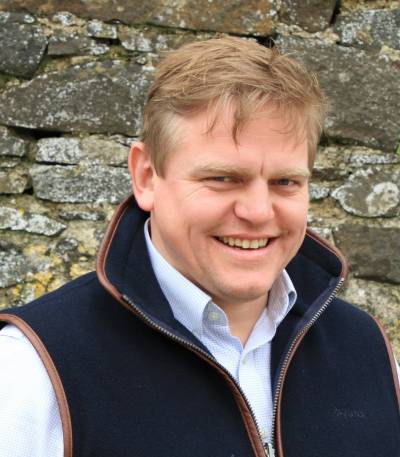
A combination of management and genetic changes can reduce the carbon footprint of an individual UK suckler unit by up to 40% while contributing to beef production efficiencies.
The UK suckler industry is under immense pressure to reduce its carbon footprint while still feeding a growing population in a financially feasible way. While the strength of the suckler industry is converting grassland unsuitable for growing crops into a high-quality protein for human consumption, there is room to do this more efficiently from both an environmental and financial standpoint.
By benchmarking 12 different suckler herd system scenarios using industry performance from AHDB’s Stocktake report, we have calculated carbon savings from alternative management changes that could be made between each modelled system scenario using Alltech E-CO2’s (Carbon Trust approved) life cycle analysis model.
A life cycle analysis approach gives us the true picture of a farm’s environmental footprint by considering the balance of emissions across the entire production system. This is done by examining all inputs, processes and outputs of a system – from obtaining raw materials to products leaving the farm gate.
Modelling each farm as a 100 cow suckler herd to finishing system on a predominately forage diet, inputs such as synthetic fertilizer and manure application, straw, farm fuel and feed were kept constant as the life cycle model calculated the emission outputs between different management changes. These changes included such things as, leaving bulls intact for finishing, reducing cow size, calving heifers at two and improving feed efficiency.
What we found is that significant carbon savings were easily and quickly achievable by improving many things incrementally rather than one thing 100%. This is because when one small component is made more efficient, that efficiency will resonate in the supply chain and enable reductions across the entire life cycle.
When combining improvements seen across the 12 modelled systems, a full steer finishing system had a carbon saving of 31% and the bull finishing system had a carbon saving of 40%.
The full system, which includes improved fertility, growth rate and feed efficiency, reducing cow size, calving at two, all forage-fed cows – all of these management and genetic factors when taken together encompass what the Stabiliser breed offers the UK suckler industry. The tools and knowledge to make radical long-term reductions to the carbon footprint are already available whilst also enhancing the opportunity for profit.
This information gives beef producers and supply chains the opportunity to select management practices and genetics that can reduce the carbon footprint of the suckler supply chain. The drive for efficiency on farm not only reduces carbon footprint but it improves the bottom line for farmers, and the quality and consistency for the consumer. It can be a big win for the entire beef supply chain.
Maternal Traits
|
Trait |
Info |
Carbon Saving |
|
Smaller cow size |
Reduce cow size from 750kgs average to 600kg average |
7.3% |
|
Calving at 2 |
Reduced age at calving from 3 to 2 |
3.8% |
|
Smaller calf |
Reduced birth weight from 47 kgs to 37 kgs |
4.1% |
|
Nine week bulling with improved fertility |
Reduced bulling from 15 weeks to 9 weeks and improved fertility of 65% conception from 35% |
4.6% |
|
Reduced replacement rate |
Reduced replacement rate from 16% to 12% |
2.0% |
|
Only forage fed cows |
No concentrate feed for breeding females after 15 months old, UK average 130kgs per animal per year |
3.6% |
Youngstock Traits
|
Trait |
Info |
Carbon Saving |
|
Improved growth rates – Steers |
Reduced age at slaughter for steers from 23.1 months to 18 months, and heifers from 24.8 to 20 months |
10.1% |
|
Improved growth rates – Bulls |
Reduced age at slaughter for bulls from 23.1 months to 13 months, and heifers from 24.8 to 20 months |
16.3% |
|
Improved feed efficiency |
Improved feed efficiency by 12%. There is 12% less feed needed for the same growth rates |
7.3% |
System Results
|
Trait |
Info |
Carbon Saving |
|
Full Stabiliser system – Steers |
All of the cow and youngstock efficiencies, with all male offspring slaughtered as steers |
31.7% |
|
Full Stabiliser system – Bulls |
All of the cow and youngstock efficiencies, with all male offspring slaughtered as bulls |
39.7% |